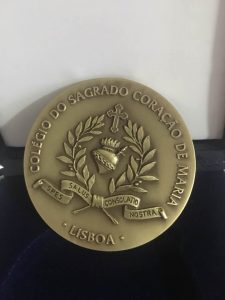I was tidying up my room today in the morning and I came across something I don’t use for quite a while, my arduino board. I bought it in the beginning of last year and I had used for several projects that I took part in with some friends and classmates.
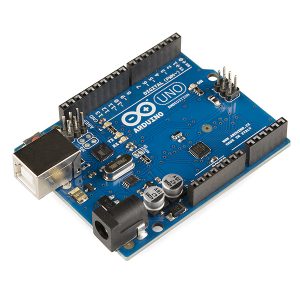
Seeing it once again gave me the idea of presenting to you, briefly, the projects I took part in 12th grade.
Last year, I took, with my school, an arduino programming course in “Pavilhão do Conhecimento” near Tejo river (Pavilhão do Conhecimento is, for who doesn’t know, a place in Portugal where there are some interactive exhibitions for children as well as lectures and some fun courses like the one I mentioned).
Well, the first project I took part in was CanSat. CanSat is an either european or worldwide competition where you and your group have to create a can sized satellite with an arduino inside that should be able to do certain tasks. We had to make it do some mandatory tasks which were, if I am not mistaken, measuring the altitude and transmitting that data through an antena. The can sized satellite also had to have a parachute inside so it would survive the fall he was going to be a subject of. Apart from the mandatory tasks we were encouraged to develop some other tasks to complement our satellite. For example:
- Measuring the humidity
- Measuring the level of certain gases
- Release some kind of object
- Land in a predefined position
- Measure air quality
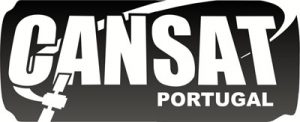
It was a really cool project, and we had a lot of fun. The only downside to the whole project was having to write a report in english describing our idea and how we were gonna develop our satellite as well as what calculus we had made to make sure it would work efficiently.
The second project I took part in high school involving arduino was FCT Nova Challenge. This was also a competition, a national one this time, and they challenged us to embrace and develop any project within any area of science or economics, allowing us to be creative and try our own ideas.
In a way it was my first contact with developing a real project because we had no guide, no help other than our teacher. We established a project and we had to solve every issue that would cross our way while developing it.
What we thought of doing was an independent domestic greenhouse, that needed almost no human attention. We created a model in a software called SkecthUp (a picture of the model can be found below) and the concept was:
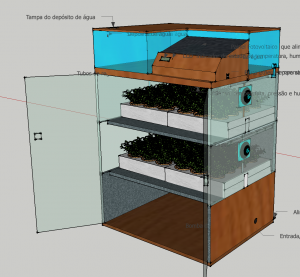

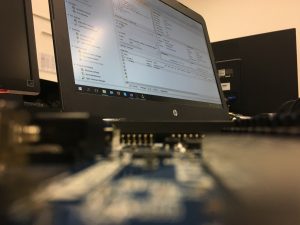
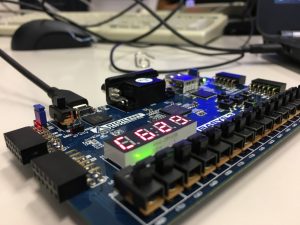 Today we are gonna work with that same software again in our Digital Systems class. This time It was more complicated to prepare for the class and surely the class itself will be more complex. Nevertheless, I am still looking forward to experiment once again both with vivado and the electronic board where we implement the programs.
Today we are gonna work with that same software again in our Digital Systems class. This time It was more complicated to prepare for the class and surely the class itself will be more complex. Nevertheless, I am still looking forward to experiment once again both with vivado and the electronic board where we implement the programs.